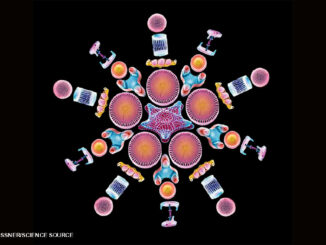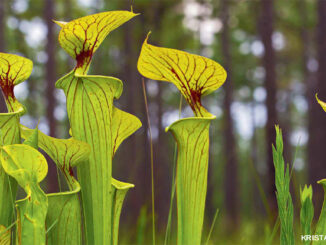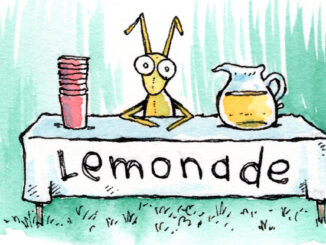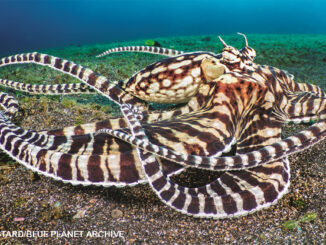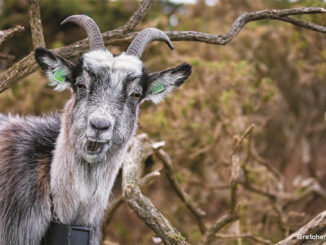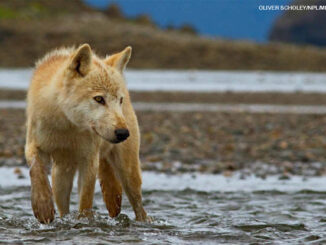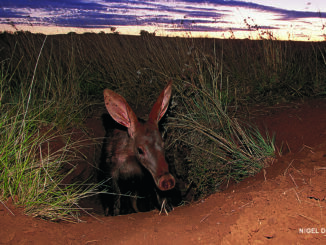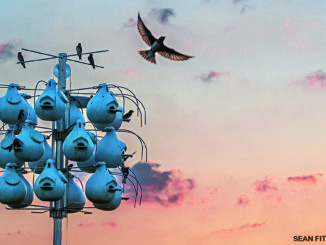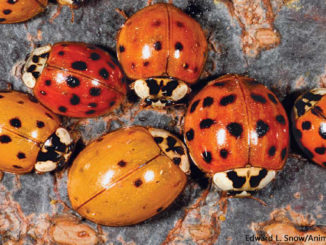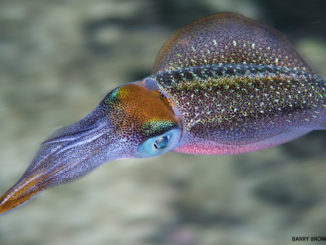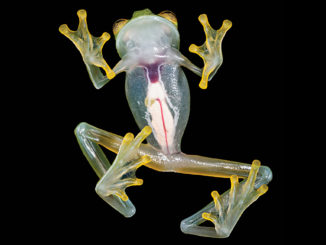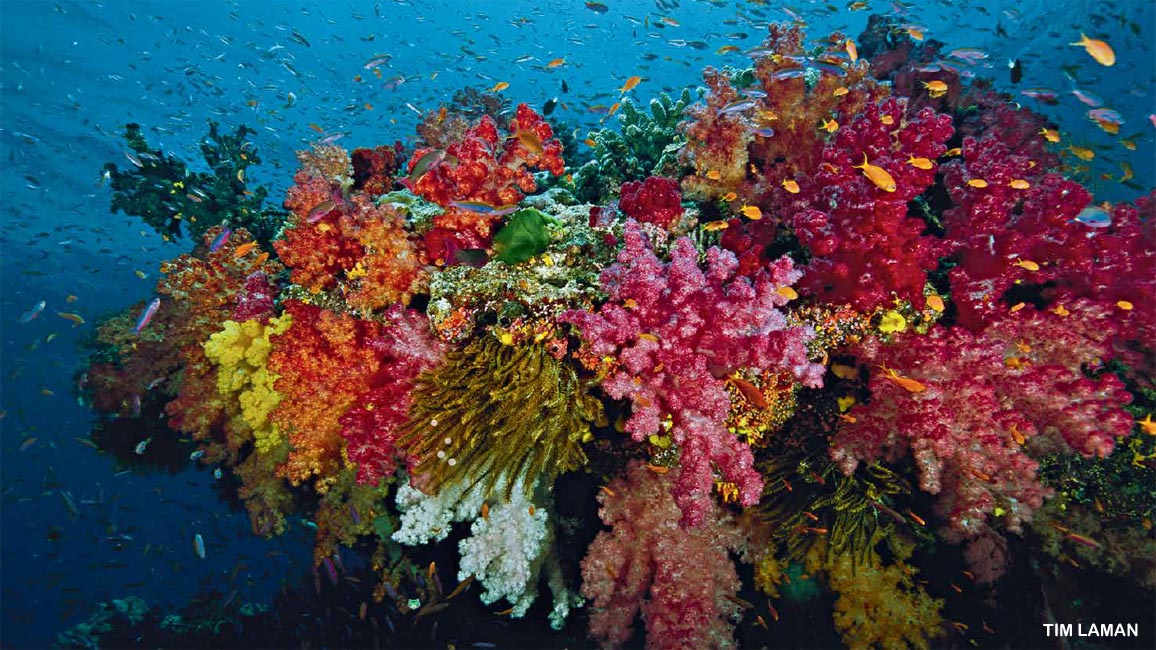
Coral Condos
By Les Kaufman; photos by Tim LamanEverybody needs a place to live. And a coral reef is home to a crowd!

If you visit a tropical beach, you might see high-rise buildings called condominiums lining the shore. Every room on every floor is home to someone who has come to enjoy the sun, sand, and waves. But just offshore are even busier “condos”: coral reefs.
These condos are built from the skeletons of corals. Each coral animal, called a polyp (PAH-lup), is tiny. But the polyps stick together in colonies, with new polyps living on the skeletons of older ones. After a few thousand years, the corals form a giant reef.
Covering the reef is a layer of other stay-put sea creatures, including soft corals, feather stars, sponges, and sea squirts. Meanwhile, the spaces between them make “rooms” for huge numbers of fish and other animals.
But there still aren’t enough places for everyone that wants to live here. So finding a home in the coral condo isn’t easy. You have to be patient—or pushy.
➡️ VIDEO: WATCH A CORAL REEF IN ACTION!
OUT TO EAT
Even if you’re lucky enough to have a home in a coral condo, you may still have to leave it to find food. There are lots of places to grab a bite to eat. But unless you’re a really big fish, you just might be the one grabbed. Three tricks work well to stay safe.
1. You can keep close to shelter and dive out of sight if trouble looms. Who pulls off this stunt? Mostly fish that stay near the reef eating tiny drifting plants and animals called plankton.
2. You can become invisible by pretending to be a piece of “furniture.” Some fish, such as blennies and frogfish, are masters of camouflage. They keep still and blend in, thanks to colors that match what’s around them.
3. You can stick out like a sore thumb. But that works only if you’re dangerous—or useful—so others won’t eat you. Some reef residents, for example, use bright colors as a warning that they’re poisonous. Others—such as certain small, colorful fish and shrimp—have easy-to-see patterns to advertise a service. Bigger fish line up at “cleaning stations” to get their teeth and skin cleaned. The little fish and shrimp swim right up to the big fish—and even into their open mouths—looking for tiny pests to eat!
BLEACHED OUT
Did you know that corals have “roommates”? Microscopic plant-like algae (AL-jee) live inside the corals’ bodies. The algae make food that they and the corals eat. They also give the corals their bright colors.
But when ocean temperatures rise because of climate change, the corals get stressed out and get rid of the algae. This causes them to turn white. Without food from the algae, the corals become weak and often die. Scientists are working on ways to help coral reefs survive.




